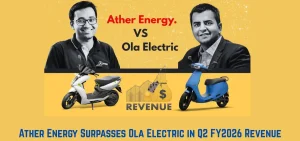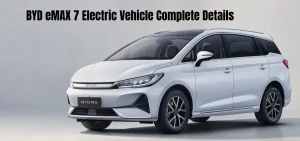As Morocco Expands Local EV Production to Boost EVs, the nation is stepping into a new era of electric mobility that’s capturing global attention. Backed by massive international investments, bold government incentives, and a rapidly evolving EV ecosystem, Morocco is gearing up for one of its biggest automotive shifts yet. With 2026 poised to be a game-changing year, the country’s accelerating push toward EV manufacturing raises an exciting question: Can Morocco become the next global powerhouse in electric vehicle innovation?
Rapid Expansion of EV Production
Morocco aims to significantly scale its EV manufacturing capacity, targeting 100,000 electric vehicles per year by 2026. This ambitious goal represents a massive jump from previous output levels and aligns with the country’s long-term vision to make 60% of its automotive exports EVs by 2030.
A key driver of this growth is the rapid development of large-scale battery production infrastructure. Several gigafactories are underway, with the most notable being the Kenitra battery project, a joint venture with Chinese battery leader Gotion High Tech. Scheduled to begin production in 2026, the facility will launch with 20 GWh of annual capacity, eventually expanding to 100 GWh. Additional investments from companies such as BTR Group and Huayou Cobalt will further boost local production of cathode and battery materials, positioning Morocco as a major player in the EV supply chain.
Local innovation is also on the rise. Neo Motors, a homegrown Moroccan brand, introduced its first domestically developed EV in late 2025. This milestone is expected to reduce EV prices over time by leveraging domestic production efficiencies.
Global automakers are equally involved. Established manufacturers such as Renault and Stellantis are expanding EV and hybrid production in their Moroccan plants, supplying both local consumers and major European markets.
Government Support and Infrastructure Growth
To accelerate adoption, the Moroccan government has implemented strong financial incentives. These include full VAT exemptions, reduced customs duties, and waived annual circulation taxes, collectively making EVs more affordable for citizens and businesses.
Infrastructure development is another crucial pillar of Morocco’s vision. The country plans to expand its public charging network from 1,000 to 2,500 stations by the end of 2026. Many of these chargers will be strategically installed along the Tangier–Agadir motorway, addressing range anxiety—a key barrier to EV adoption.
Aligned with its sustainability targets, Morocco aims to source 52% of its energy from renewable resources by 2030, ensuring that EVs are powered by clean, low-cost electricity.

A Promising Road Ahead
With coordinated advances in production, technology, infrastructure, and policy, Morocco is well on its way to becoming a leading EV hub in Africa and beyond. The combined efforts of government, local innovators, and global manufacturers are set to drive unprecedented growth in the country’s electric mobility landscape in 2026 and the years ahead.
Related Articles:-





